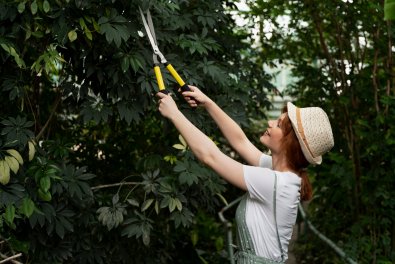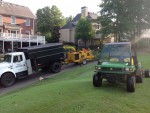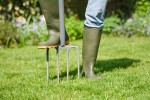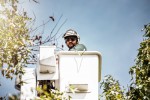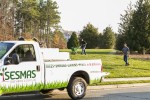Why Does My Tree Lose Its Bark
As fall ends, you’ll notice trees shedding leaves to prepare for the cold season. Shedding shows trees are preparing for dormancy and are often not a major cause for concern among property owners. However, when you see a tree losing its bark along with the leaves, you need to hire a professional tree care company to address the issue before it is too late. At Sesmas Tree Service, we focus on the type of tree, the trunk’s state, and the tree’s overall health. However, when a tree sheds its bark, it doesn’t mean it is damaged. Here are situations where it is normal for a tree to lose its bark and where it signifies deterioration.
Exfoliation or Seasonal Bark Shedding
Although it is not common, some trees shed bark as they grow. This is a common scenario for trees that produce nuts and fruits. Like a snake’s skin, if the bark is too small, it will split and fall off, leaving a fresh layer of bark in its place. In addition, some trees, like the birch, have peeling bark, which adds to their appeal.
Besides birch trees, other trees known for cylindrical bark shedding include hickories, maples, redbuds, and sycamores. If you have any of these trees in your backyard, you don’t have to call a tree service when they shed bark. Regular inspections are essential to mitigate deterioration and protect your trees from infestations while shedding.
Weather-Related Tree Stress and Preventative Measures
When temperatures are too cold or too hot, it can take a toll on your trees. A common weather-related injury is a frost crack caused by extremely low or high temperatures. The bark can split or crack the trunk’s wood, resulting in damage. If a tree is healthy, chances are it will recover before damages become more pronounced. However, it creates room for pest and fungi attacks, and routine maintenance by a trusted tree care company can salvage the affected tree.
Another tree injury caused by extreme weather is sunscald, which occurs in late winter or early spring. Sunscald usually occurs when temperatures warm and the sunlight becomes more direct. The warm weather and light intensity trick the tree into coming out of dormancy, and when winter hits, it affects fresh growth and damages the trunk.
Infection or Infestation
Another reason to hire a tree service for maintenance is when trees lose bark because of an insect or fungal infection. Unexpected sap drip and sawdust accompanied bark loss caused by pests. Insects can cause these signs, such as aphids, elm bark beetles, Japanese, bagworms, spider mites, and more.
A fuzzy growth underneath the bark often accompanies fungal infections. An experienced tree service should address any sign of unknown growth around your tree before it spreads to healthy trees. Contact us at Sesmas Tree Service and schedule a consultation with our representatives. We leverage industry-standard equipment and knowledge to salvage your trees from damage and ensure your yard is in tip-top condition all year long.


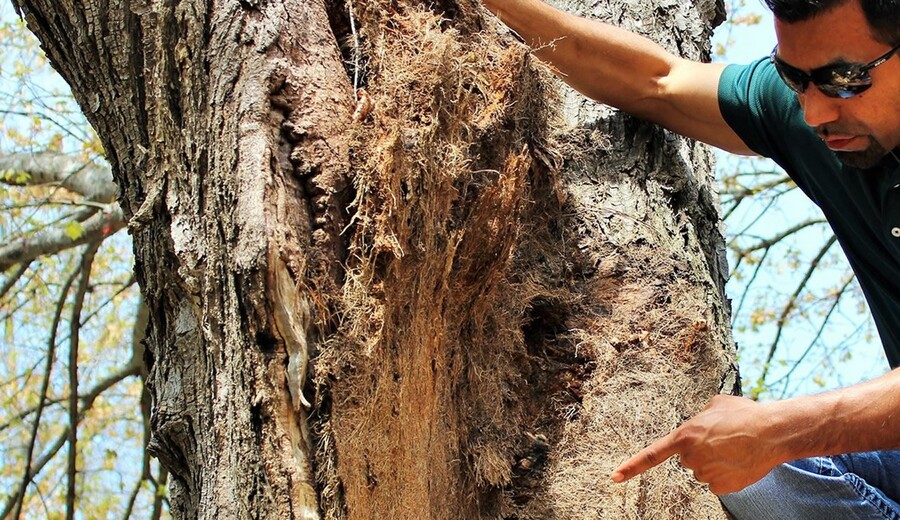
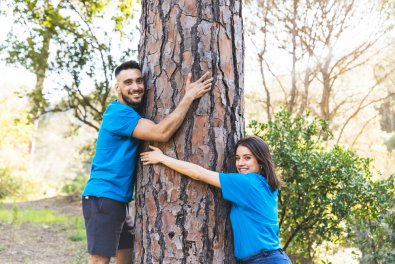
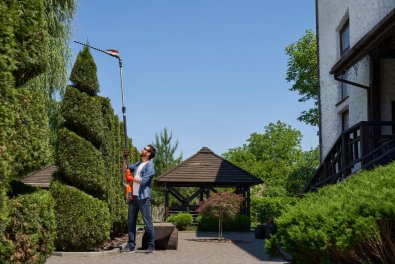
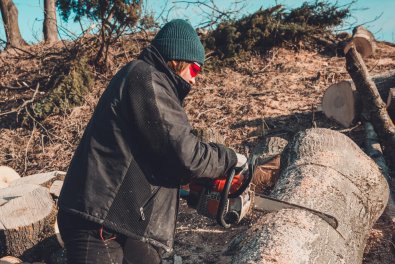
.jpg)
